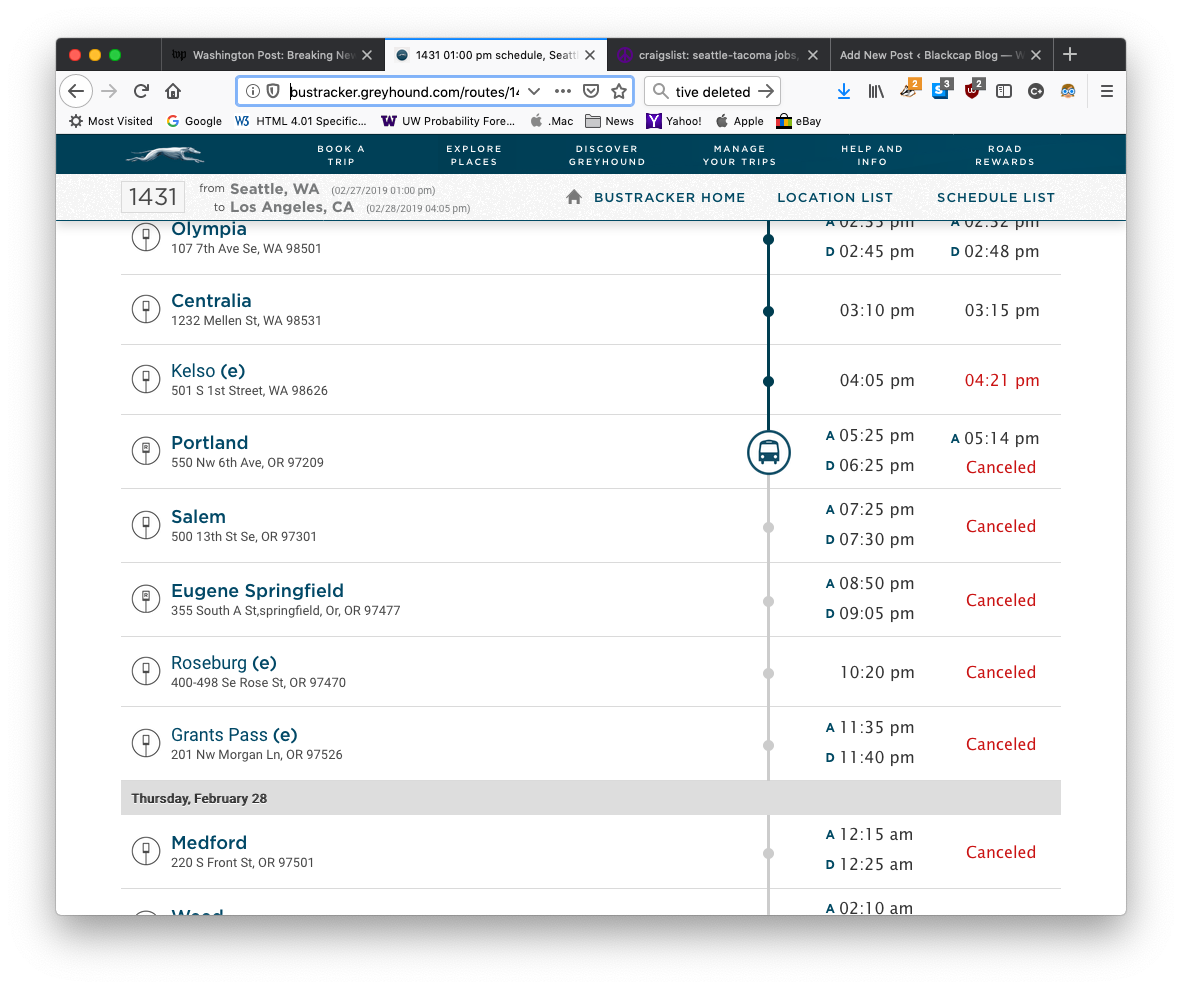The Problem with Manufactured Housing
Published at 10:20 on 30 July 2022
If you diss manufactured housing, one of the standard responses you get is that there is no intrinsic reason for it to be low-end housing, and that quality, high-end manufactured housing is totally possible to make. In fact, there are already a few niche companies producing it.
The problem is that it is only a few niche companies and that this seems unlikely to change.
You see, the fact that it is theoretically possible for there to be quality manufactured housing doesn’t matter so much when it comes to choosing a home. What matters is the sort of manufactured housing that actually exists. And that is overwhelmingly low-end, low-quality housing.
Because of this, many zoning codes and neighbourhood covenants ban manufactured housing. The only places one can readily place it are either (a) more remote, rural areas with fewer regulations, and (b) mobile home parks.
More remote, rural areas inevitably have limited economic opportunities. They can be great places to live if you are self-employed and in a long-term relationship. If you are single, or if you work for someone else, they tend to suck. It doesn’t matter that they tend to be cheap places to live in: they are cheap for a reason; market prices of rural housing are kept low by the low incomes in rural areas. Evaluated in the light of the income one is likely to earn, those low rural prices suddenly cease to be a good deal.
Mobile home parks have rented lots. Yes, there are a few condo or coop mobile home parks which are owned either individually or collectively by their residents. Those are the exceptions to the rule. In most areas, all the mobile home parks will be owned by capitalists. In most areas, there is no rent control, so those capitalists can charge basically whatever they want for rent.
Sure, there’s market constraints on that, but those are imperfect. Suppose a shortage of mobile home sites develops in a given market. Lot rents will then tend to go up. If the shortage is severe, they will go up a lot. Or maybe decades of urban growth will turn what had been a relatively isolated, exurban park into a prime suburban area, ripe for redevelopment into a shopping center. In that case, its owner can cash out and make a huge wad by jacking the rent sky-high, driving his tenants away, and selling the resulting vacant land.
What happens then? If you have lived in your home for any length of time, you’re screwed. You see, most mobile home parks also ban older mobile homes. Why shouldn’t they? Remember, manufactured housing tends to be low-end and not built to last. Again, it doesn’t have to be, but practically it tends to be. Old mobile homes are therefore inevitably shoddy, dilapidated mobile homes. Nobody wants those moving in.
In other words, your lot rent goes up more than you can afford, and you have to walk away from the asset you spent a huge chunk of your net worth purchasing. If you had rented an apartment, you would have at least been able to pack your shit and git without leaving anything behind.
What it all means is that manufactured housing in the USA is in large part a scam that plays on the desperate (namely, people who really want a home of their own but who cannot really afford one and who fail to think long-term about the possible drawbacks of the decision they are making).


